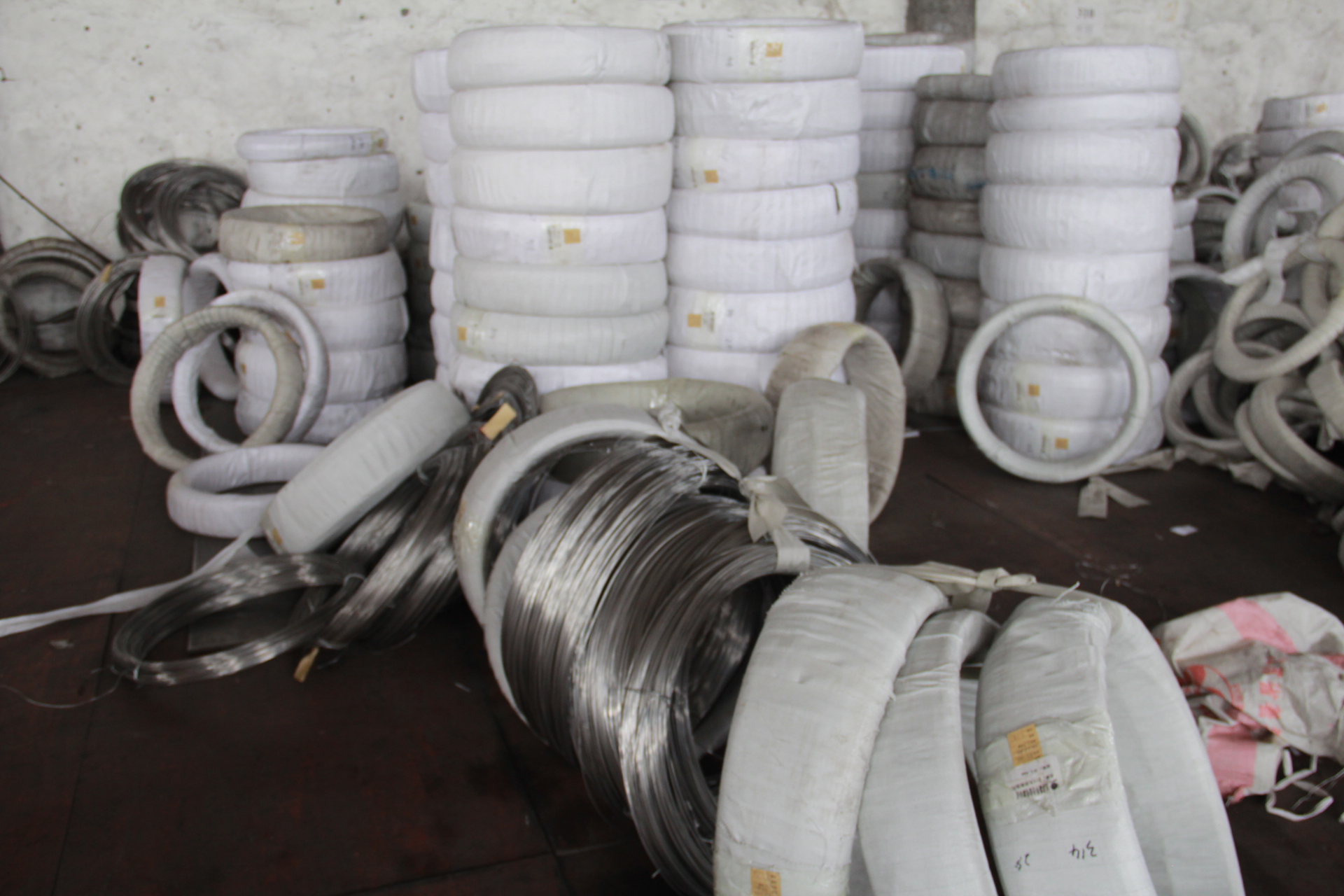First prepare a temperature-controlled soldering iron with a grounding wire. The width of the soldering iron should be the same as the metal end of the chip component. The temperature of the tip must reach 320 degrees Celsius. In addition, prepare a pair of tweezers, except for tin (copper braided wire or multi-strand core wire).
First prepare a temperature-controlled soldering iron with a grounding wire. The width of the soldering iron should be the same as the metal end of the chip component. The temperature of the tip must reach 320 degrees Celsius. In addition, prepare a pair of tweezers, except for tin (copper braided wire or multi-strand core wire). Use a fine low temperature rosin wire for welding, proceed as follows:
1. Place the tip directly on the upper surface of the damaged component. When the solder on both sides of the component and the underlying adhesive melt, the component is removed with tweezers.
2. Use the tin strip to remove the residual tin on the board. Then wipe off the adhesive and other stains on the original pad with alcohol.
3. Only apply a proper amount of solder to one side of the board.
4. Use tweezers to place new components on the pads. Quickly heat the new tin on the pad, let the tin contact the metal end of the chip, and gently "stick" it. Never use a soldering iron tip to access new components.
5. The newly replaced chip element has been fixed at one end and the other end can be welded. Carefully heat the pads on the board and add a proper amount of new solder to create a bright curved surface between the pads and the component ends. It must be noted that the solder should not be too much, and if the solder flows under the component, the pad will be short-circuited. When soldering, only the molten tin can be immersed in the metal end face of the component, and the soldering iron tip cannot be touched. After one end of the component is soldered, the other end is soldered. The solder should be completely adhered to both end faces of the component. In these two steps, the right amount of solder is the key to success.
In order to meet the fast supply needs of our customers, we have 5,000 varieties in total, with a total quantity of up to 50 million for customers to choose; for customers with stable cooperation, we will set up counters for customers (maintain 2-3 months) Stocking volume), convenient for customers to order goods; independent research and development of efficient ERP management system, from business orders, warehouse orders only 15 minutes, the efficiency is 8 times that of traditional companies; only take the express, do not take logistics, level It has also reached a strategic partnership with many express companies such as SF, Yuantong, Shentong, etc. to ensure that the order is delivered to the customer within 2 days free shipping: regardless of the size of the order, the flat is responsible for the freight.
Copyright: http:// (Pingshang Technology) Reprint, please indicate the source.
Http://news.chinawj.com.cn Submission:
Corrosion-Resistance Alloy,mainly refers to ordinary stainless steel resists atmosphere and sea water corrosion such as 300 series stainless steel including 304,316L, 317L etc.; comparatively strong corrosion resistance material including austenitic stainless steel 904L, 254SMOand Dual phase steel 2205,2507 etc.; Corrosion Resistant Alloy containing Cu 20 alloy; In comparison to non-metal corrosion resistant materials, corrosion-Resistance Alloy main refers to iron alloy (resistance to corrosion); nickel alloy (Ni-Cr alloy, Ni-Cr-Mo alloy, Ni-Cu alloy and other active metal.

Corrosion-Resistance Alloy
Corrosion-Resistance Alloy,Corrosion-Resistant Alloy Tube,Corrosion-Resistant Alloy Welding Wire,Corrosion-Resistant Nickel-Chromium Alloy
Jiangsu nickel alloy Co.,Ltd , http://www.xhalloy.com